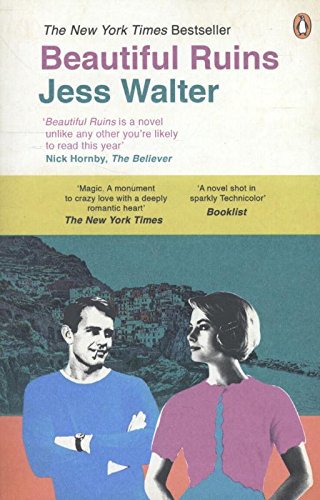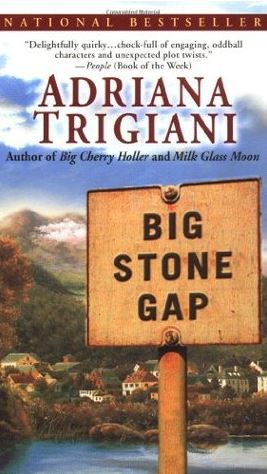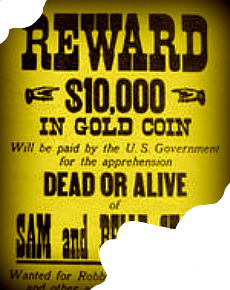Download links for: Saqueo. El arte de robar arte


Reviews (see all)
Write review
Really interesting topic!
A must for any historian.
I am in this book!
Fascinating.
Other books by History & Biography
Related articles












